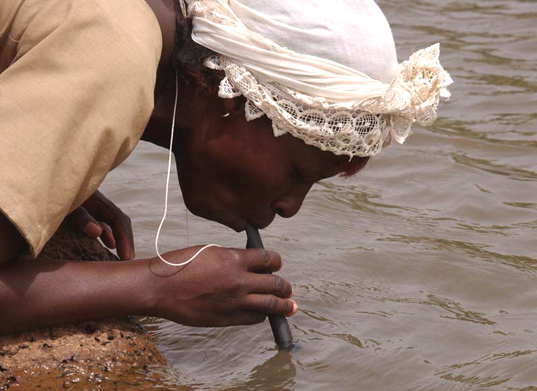 A multiple Indicator Cluster Survey (MICS) conducted by the Ghana Statistical Service (GSS) in 2011 indicated that nearly 80 per cent of households in the country used improved sources of drinking water.
A multiple Indicator Cluster Survey (MICS) conducted by the Ghana Statistical Service (GSS) in 2011 indicated that nearly 80 per cent of households in the country used improved sources of drinking water.
This means that Ghana has already achieved the 2015 Millennium Development Goal 7 target.
The survey, however, indicated wide variations between areas of residence with 91 per cent coverage in urban areas and 69 per cent in rural areas.
It further established that 91 per cent of households were not using any water treatment methods due to the fact that they used improved sources of drinking water whereas 17 per cent of households used unimproved sources of water. The survey further indicated that the households used appropriate water treatment methods before drinking.
In another development, the report showed that only 15 per cent of households used improved water and did not share sanitation facilities, and that nearly 23 per cent of households in the country practised open defecation or had no toilet facility.
That phenomenon, the report noted, was more pronounced in the rural areas with a 35 per cent rate as against the urban areas, which had 10 per cent rate.
On hand-washing, the MICS indicated that 24 per cent of households had an observed place for hand-washing, adding that of those households where a place for handwashing was observed, 50 per cent had both water and soap at the designated places.
However, the report indicated 14 per cent of the households only had water available at the designated places while 12 per cent had only soap with no water.
The report concluded that 24 per cent of the households had neither water nor soap available at the designated places for handwashing. — GNA
Newer news items:
Older news items:
